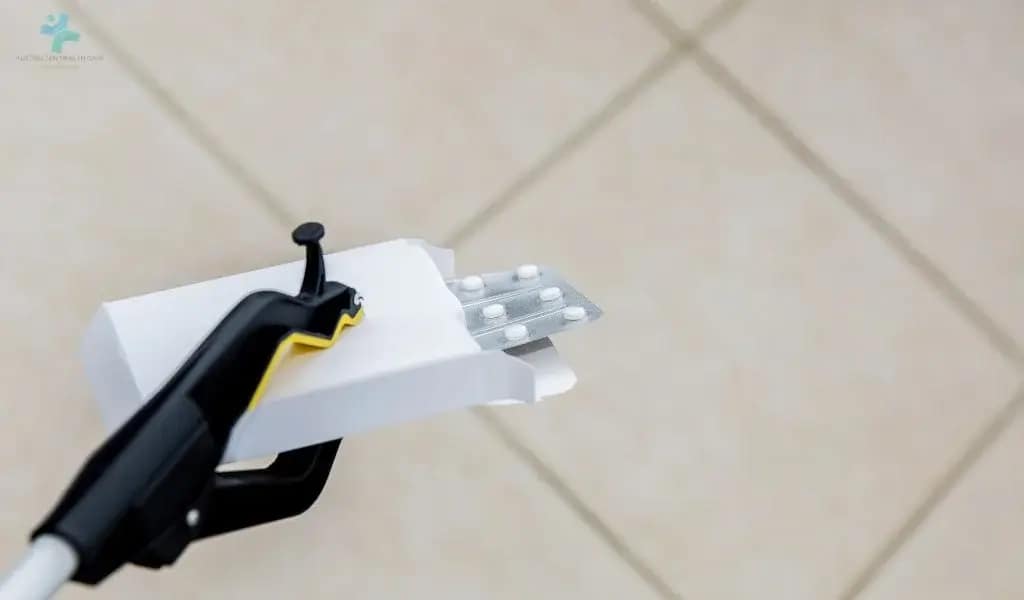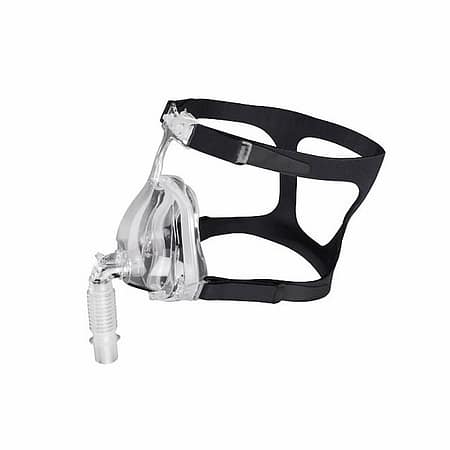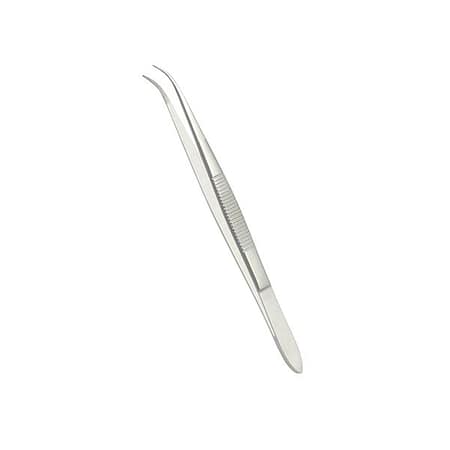Can a reacher grabber be a valuable tool for promoting patient independence in activities of daily living?
Introduction to Reacher Grabbers
Reacher grabbers are innovative tools designed to extend the reach of individuals, enabling them to grasp and manipulate objects without the need for direct hand contact. These devices play a crucial role in fostering patient independence, particularly for those with limited mobility or strength. By allowing users to perform daily tasks such as picking up items from the floor, reaching high shelves, or even dressing without assistance, reacher grabbers significantly enhance safety, reduce the risk of falls, and boost confidence. The empowerment that comes from being able to manage personal activities independently cannot be understated, making reacher grabbers an invaluable asset in promoting self-reliance and improving the quality of life for individuals facing physical challenges.
The Benefits of Reacher Grabbers in Daily Life
Reacher grabbers, essential tools in enhancing patient independence, offer a practical solution for individuals with mobility challenges to engage in daily activities safely and independently. These devices, available in various models such as standard, folding, suction cup, and claw grabbers, are designed to extend reach and improve accessibility within the home and healthcare settings. By facilitating tasks like retrieving items from high shelves or the floor, reacher grabbers not only minimize the risk of falls but also boost users’ confidence and self-esteem.
Key to choosing the right reacher grabber is understanding the specific needs of the user, including the ergonomic design that suits their capabilities. Through education and training on the effective use of these tools, reacher grabbers can significantly contribute to a more independent and fulfilling lifestyle for those with physical limitations.

Practical Applications of Reacher Grabbers
In the Home Environment
Kitchen Use: Reacher grabbers transform the kitchen experience for individuals with mobility issues, allowing them to access high shelves and distant countertops safely. These tools enable users to independently perform tasks such as grabbing ingredients, utensils, and cookware, reducing the need for assistance and enhancing their ability to cook and move around the kitchen with ease.
Bedroom and Living Area Accessibility: In bedrooms and living areas, reacher grabbers facilitate the retrieval of personal items, clothing, and remote controls, making daily living more convenient. They assist in maintaining a clean and organized space by enabling users to pick up items off the floor without bending, promoting a sense of autonomy and comfort in their personal spaces.
In Healthcare and Rehabilitation Settings
Therapy and Exercise: Reacher grabbers serve as an invaluable tool in therapy and exercise routines within healthcare and rehabilitation settings. They encourage patients to engage in activities that improve their range of motion and fine motor skills, facilitating a more active participation in their recovery process. These devices are often incorporated into rehabilitation exercises to simulate daily tasks, helping patients regain strength and functionality in a controlled and safe environment.
Transitioning from Hospital to Home: The use of reacher grabbers plays a critical role in transitioning patients from hospital care to home environments. By equipping patients with the knowledge and tools they need to manage daily activities independently, these devices help ensure a smoother and more confident transition. Reacher grabbers allow individuals to maintain their independence and safety, reducing the risk of injury and promoting a quicker return to normal life.
Implementing Reacher Grabbers for Enhanced Independence
Implementing reacher grabbers in the daily lives of individuals with mobility challenges is a key step towards enhancing independence and quality of life. This comprehensive guide covers the essentials of training and education for users, tips for selecting the right reacher grabber, and the positive impact these tools can have, as evidenced by success stories and user feedback.
Training and Education for Users
Proper training and education are crucial for maximising the benefits of reacher grabbers. Users should be instructed on:
- Proper Handling: Learning the correct way to grip and operate the grabber to ensure safety and effectiveness.
- Maintenance Tips: Understanding how to clean and maintain the device for longevity.
- Adaptive Techniques: Being shown adaptive techniques to use the grabber effectively for different tasks, such as dressing or retrieving items.
Tips for Choosing the Right Reacher Grabber
Selecting the appropriate reacher grabber involves considering several factors to find a model that best suits the user’s needs:
- Length and Weight: Ensuring the grabber is of a comfortable length and weight for the user.
- Grip Strength: Choosing a model that matches the user’s grip strength and hand size.
- Type of Grabber: Deciding between suction cup or claw grabbers based on the types of objects commonly retrieved.

Success Stories and User Feedback
The positive impact of reacher grabbers on enhancing independence is well-documented through numerous success stories and user feedback:
- Increased Independence: Users report a significant increase in their ability to perform daily tasks without assistance.
- Improved Safety: There’s a notable reduction in the risk of falls and injuries as users can safely retrieve items.
- Enhanced Self-Esteem: Being able to manage personal activities independently boosts confidence and self-esteem among users.
By incorporating reacher grabbers into their daily routines, individuals with mobility issues can navigate their environments more safely and independently. The key to successful implementation lies in proper training, selecting the right tool, and learning from the experiences of others who have regained a sense of autonomy through the use of these assistive devices.



























